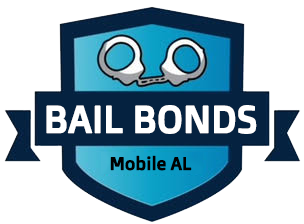
Getting arrested is never a fun situation and if it is the first time you or your loved one are dealing with this, you may not even know the first thing about where to start to get out. Typically after a bond hearing has been completed and a judge sets bond then the defendant decides how to go about bond. If they choose to use a bail bond there are some things to know that can help with the process, here are some things to keep in mind.
What Information You Need
In order for a bail bondsman to help out, they will need some basic information in regards to the defendant. In addition to contact information such as name, address, and phone number, they will also ask where the defendant is currently being held as well as their inmate number and as much information as you can provide regarding the charges and what if any prior convictions they have held. Once they know these basics they can get a better understanding of everything to asses if they will be able to assist in getting the defendant released.
Options for paying for the bond
Surety bonds are by far the most popular way to pay a bond and the reason for this is because you only need a fraction (usually around 10%) of the bond cost to pay it. However when talking about thousands upwards to millions of dollars on a few occasions then 10% can still be quite a lot of money that is not so easily accessible for many. For this reason many bail bond companies offer different options such as cash, card, collateral and payment plans for those who can qualify. Another option is also the use of an indemnitor who can co-sign on a contract to be held financially responsible which can lead to other payment options that weren’t available otherwise. Overall, even if a defendant does not have a lot of resources, there are ways to help get them released regardless.
Getting out
Once bond has been posted and you set up a contract with a bail bondsman, they will draw up the needed paperwork and go to the court to have it filed and processed. Once that is completed it is usually within a couple hours (though it can be up to 12) that the defendant will be able to be released.



